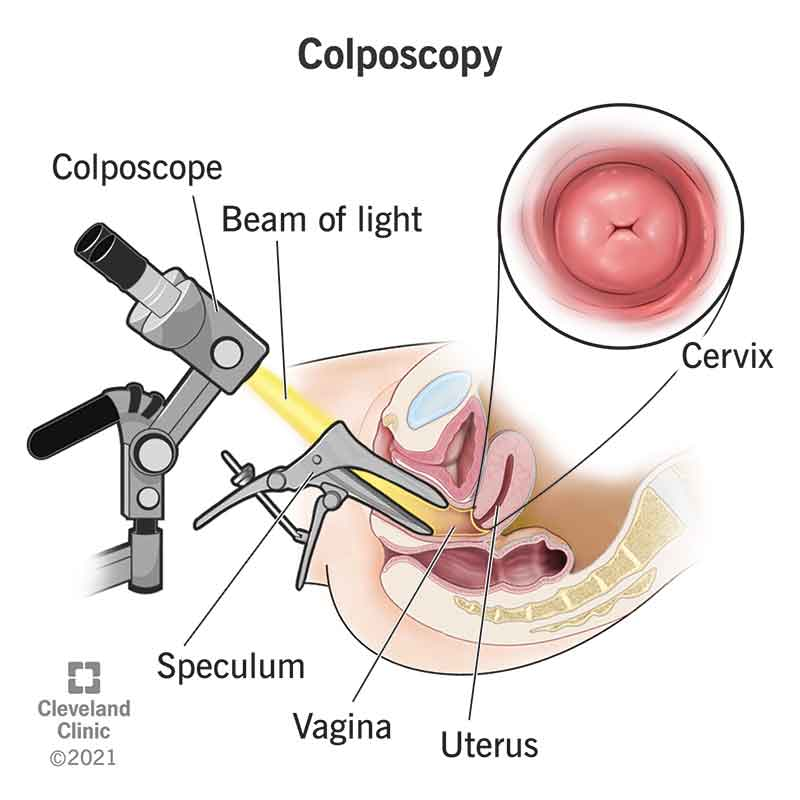A nurse is reviewing the medical records of clients on a hospital floor. Which client would the nurse expect is most at risk for hyperthyroidism?
A 25-year-old female who has metabolic syndrome
A 73-year-old male who has an iodine deficiency
A 35-year-old male who has Graves' disease
A 45-year-old female who has a family history of autoimmune disorders
The Correct Answer is C
Choice A reason:
While metabolic syndrome is associated with several health issues, it is not a direct risk factor for hyperthyroidism. Metabolic syndrome typically includes conditions like insulin resistance, hypertension, and dyslipidemia, which are more closely related to diabetes and cardiovascular diseases rather than thyroid function.
Choice B reason:
An iodine deficiency is commonly associated with hypothyroidism, not hyperthyroidism. Iodine is essential for the production of thyroid hormones, and a lack of it can lead to decreased hormone production and an underactive thyroid.
Choice C reason:
Graves' disease is the most common cause of hyperthyroidism. It is an autoimmune disorder where the immune system mistakenly attacks the thyroid gland, causing it to produce too much thyroid hormone. A 35-year-old male with Graves' disease would indeed be at high risk for hyperthyroidism.
Choice D reason:
While a family history of autoimmune disorders can increase the risk of developing autoimmune-related hyperthyroidism, it is not as direct a risk factor as having Graves' disease itself. Autoimmune disorders can have a genetic component, but having a family history does not guarantee the development of hyperthyroidism.
Nursing Test Bank
Naxlex Comprehensive Predictor Exams
Related Questions
Correct Answer is B
Explanation
Choice A reason:
The statement "This procedure is routinely performed during a Pap test" is incorrect. A colposcopy is not routinely performed during a Pap test; it is a separate procedure that is often recommended if a Pap test shows abnormal results. The colposcopy allows for a closer examination of the cervix, vagina, and vulva to detect any signs of disease.
Choice B reason:
The statement "During the procedure, a biopsy may be performed" is correct. If the healthcare provider sees an area of concern during the colposcopy, they may take a small sample of tissue (biopsy) from the cervix or from inside the opening of the cervix.
Choice C reason:
The statement "Do not eat or drink after midnight tonight" is not necessary for a colposcopy. Unlike some surgical procedures that require general anesthesia, a colposcopy is usually done with local anesthesia, and fasting is not required.
Choice D reason:
The statement "You will have general anesthesia during this procedure" is incorrect. General anesthesia is not typically used for a colposcopy. The procedure may cause some discomfort, but it is usually performed using local anesthesia or no anesthesia at all.

Correct Answer is C
Explanation
Choice A reason:
Assessing the coping ability of the client is important, but it is not the immediate priority following abdominal surgery. The nurse must first ensure that the client's physiological needs are met and that there are no immediate postoperative complications.
Choice B reason:
While monitoring bowel sounds can provide valuable information about the return of gastrointestinal function, it is not the most immediate concern postoperatively. The nurse should prioritize assessments that ensure the client's safety and immediate physiological stability.
Choice C reason:
Ensuring the patency of the NG tube is the priority assessment. A patent NG tube is crucial for decompressing the stomach, preventing nausea and vomiting, and reducing the risk of aspiration, which can be life-threatening. It is also essential for the removal of gastric secretions and to prevent abdominal distention, which can compromise the surgical site and lead to complications such as wound dehiscence.
Choice D reason:
Assessing the surgical dressing is important to check for signs of bleeding or infection. However, the patency of the NG tube takes precedence as it is directly related to the client's airway and breathing, which are always the top priorities in postoperative care.
Whether you are a student looking to ace your exams or a practicing nurse seeking to enhance your expertise , our nursing education contents will empower you with the confidence and competence to make a difference in the lives of patients and become a respected leader in the healthcare field.
Visit Naxlex, invest in your future and unlock endless possibilities with our unparalleled nursing education contents today
Report Wrong Answer on the Current Question
Do you disagree with the answer? If yes, what is your expected answer? Explain.
Kindly be descriptive with the issue you are facing.
